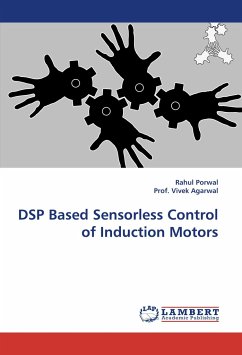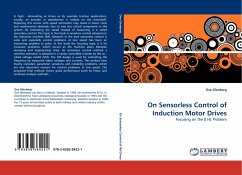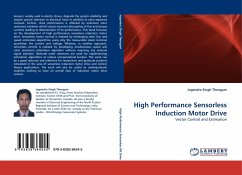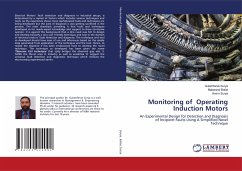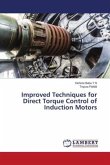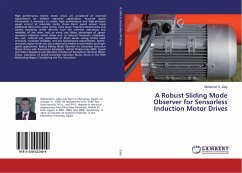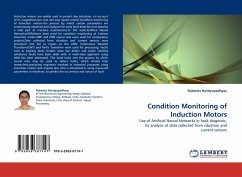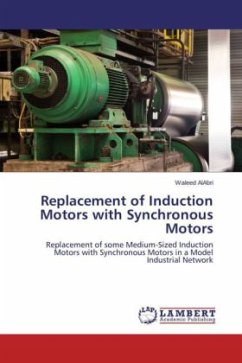In case of induction motor, the independent control of flux and torque is achieved by resolving the motor current into two components, one contributing to flux and other to the torque. Here Rotor flux oriented vector control is presented and the implementation results are shown. To implement rotor flux oriented control, information of rotor flux is required, which is calculated using rotor flux model through speed feedback. For sensorless control, the speed and flux are estimated with the help of open loop calculation of the motor equations. Implementation of the above control algorithm requires high speed sampling of measured currents, their processing and calculations. These calculations are done with the help of software using TMS320F2812 digital signal processor. The induction motor model is first developed and tested using different reference frames. The model is then simulated for rotor flux oriented vector control and then sensorless control.
Bitte wählen Sie Ihr Anliegen aus.
Rechnungen
Retourenschein anfordern
Bestellstatus
Storno

